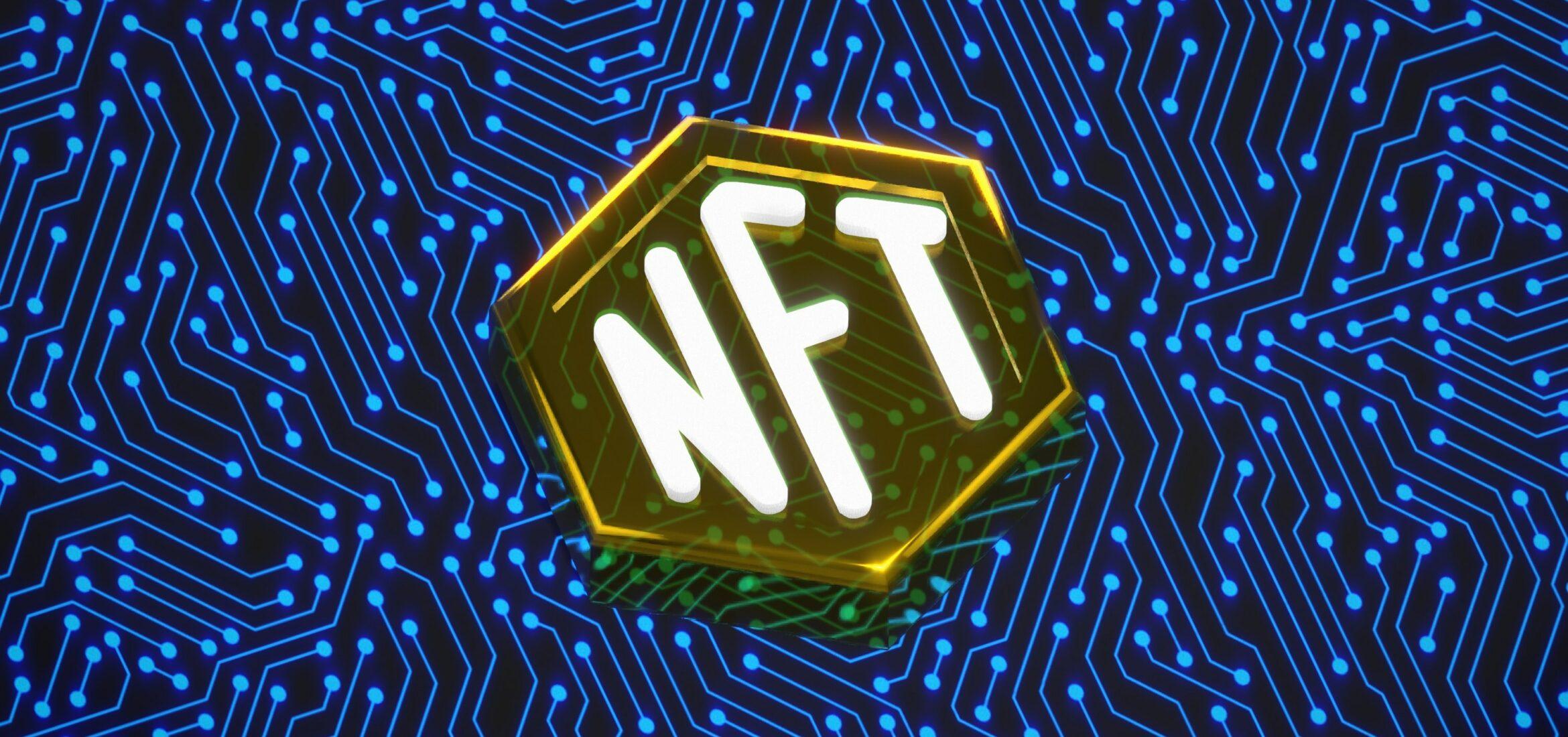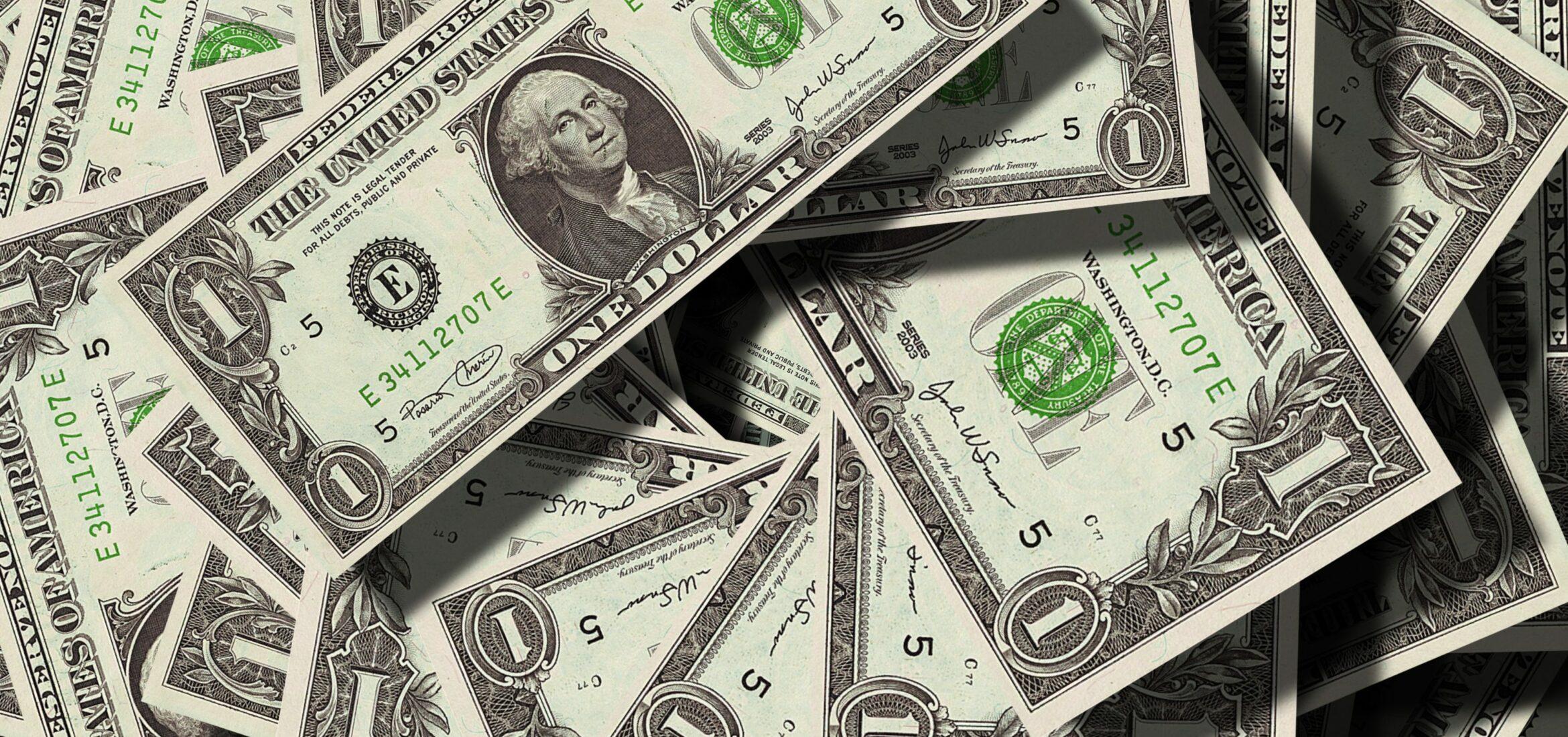So what are NFTs? And specifically, what is a Music NFT? NFT stands for Non-Fungible Token, however, this doesn’t clear up much. In the following article, we’ll explore what exactly NFTs are, especially in the context of music, why they ultimately matter, and how they could potentially disrupt the music industry forever. We’ve already discussed the digitalisation of music distribution in a previous blog post but here we are taking it a step further and delving into the new and astonishing world of NFTs.
What are NFTs?
In short, an NFT (Non-Fungible Token) is a unique digital asset that uses the same blockchain technology as cryptocurrency. By non-fungible, we mean it’s entirely unique and cannot be replicated. By blockchain, we are talking about a highly secure and decentralised way to store and exchange data. These assets can then be bought or sold with cryptocurrency, typically with Ethereum. Assets are typically associated with digital images but can practically be any media file, from videos and music to avatars.
When someone purchases an NFT, it essentially certifies ownership of a particular asset. However, it’s worth pointing out that it’s not the same as copyright. Just because you are the owner of an NFT, this does not mean that you necessarily own the copyright, unless the original creator has gone out of their way to ensure that you’re granted these rights. For instance, a number of the Bored Ape Yacht Club NFTs included intellectual rights. This in turn means that the purchaser could do whatever they please with it, such as producing merchandise with the original work.
What are Music NFTs?
A music NFT is simply an NFT that is linked to music. They can come in various forms, such as single songs, entire albums, music videos, or even a piece of generative music. They can also be linked to things that are related to music, such as concert tickets.
There are 3 different types of NFT in music: one-of-one (1/1), open edition, and limited edition. A 1/1 NFT is a single, unique asset, thus typically carrying a higher price tag. An open edition NFT means you’re selling an infinite number of editions but only in a limited time frame. Finally, limited edition NFTs are a predefined number of editions, such as 1,000 editions.
How to buy or Sell Music NFTs
You can buy music NFTs through an NFT marketplace such as Opensea or Nifty Gateway with cryptocurrency, typically Ethereum, which you purchase with digital wallets such as Coinbase. You can then connect your digital wallet to an NFT marketplace and start investing.
In order to sell NFTs, you must also create an account on an NFT marketplace and link your Ethereum-filled digital wallet. It’s important to note that certain marketplaces accept artists solely via invitation or request applications. Additionally, marketplaces may charge you “gas costs” for NFT collections.
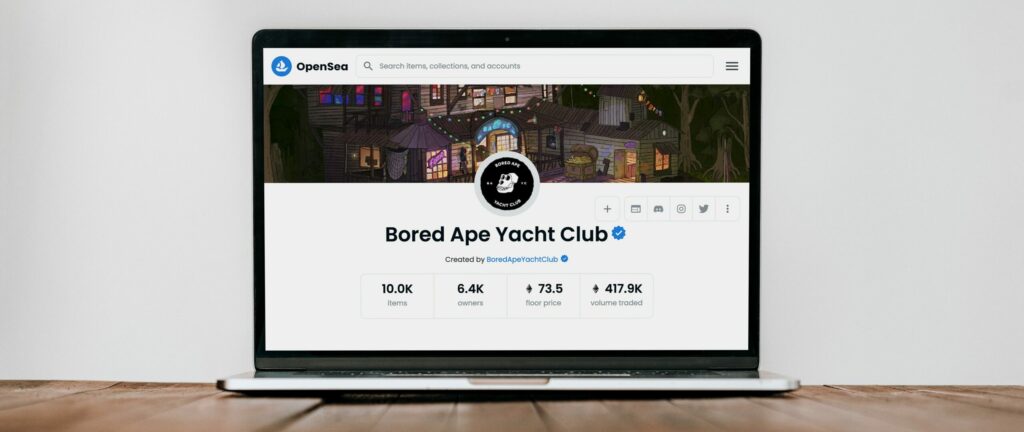
Benefits of Music NFTs
You probably have a better idea as to what NFTs are, especially with respect to music. However, you may still be wondering why anyone would actually buy one. The following benefits of music NFTs, for both fans and artists, should help clear that up.
For Artists
The music industry has undergone drastic changes in recent years. With the introduction of the Internet, mp3 formats, and streaming services, it’s become cheaper than ever to listen to music. Consequently, it’s become even harder for musicians to maintain control of their creative output and make money as a music producer. For as long as Spotify pays $0.003-$0.005 per stream, it’ll be impossible for most artists to make a real living off their work. However, this could all change thanks to NFTs.
Generate Income
By reintroducing ownership and scarcity into the industry, artists will be able to generate revenue without requiring hundreds of thousands of fans. One success story, amongst many, is Iman Europe, who went from making $300 a month from streaming services to making $60,000 off of five music NFTs. An almost unbelievable example is Spottie Wifi, a rap project by Mig Mora, who made $192,000 in 60 seconds from his music NFTs at a time when he had just 200 Spotify listeners.
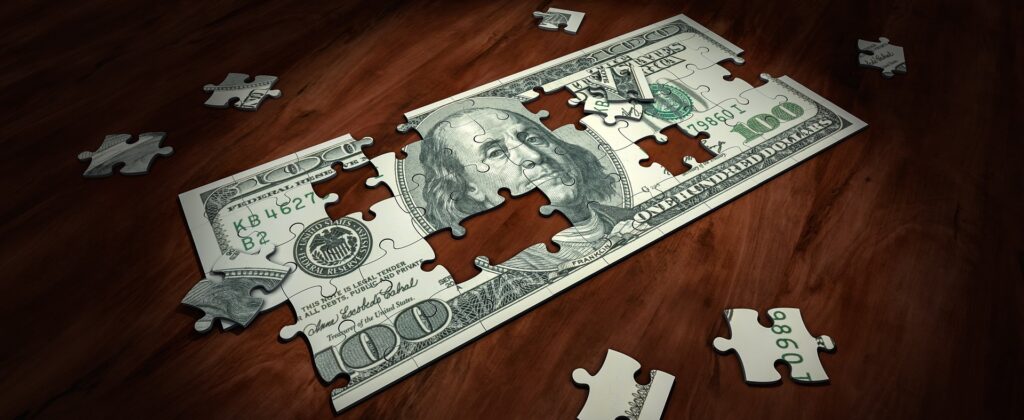
One key way musicians can make money from NFTs is to obviously mint their music as NFTs, whether it’s a song or an entire album, and then sell it for a profit. Artists can then continue to generate income from the resales of these NFTs in secondary markets. Other sources of revenue from NFTs include the sale of concert tickets, unreleased music, merchandise, collectable items, and unique fan experiences, such as the chance for fans to meet the artists, which we have seen from the likes of Snoop Dogg and Post Malone.
Cuts Out the Middlemen
On top of the financial benefits, NFTs are another way artists can regain control of their work and release music without a label. Although this has been possible for a number of years, it’s increasingly more difficult to stand out and get the exposure you need. For instance, 60,000 songs are uploaded each day on Spotify, and 95% of them never hit the 1,000 listeners mark.
NFTs essentially cut out the need for the middlemen, such as record labels, publicists, managers, big corporations and streaming services. These intermediaries are often in full control of the music and are taking a significant percentage of the money made. Even before streaming took off, intermediaries would often mistreat and exploit artists, including Prince and Johnny Cash. NFTs could therefore offer a solution to this issue.
For Fans
As discussed, it’s now virtually free for fans to listen to music. So why would anyone choose to spend a considerable amount of money on an NFT?
Financial Returns
One incentive for fans to purchase NFTs is the potential financial return. In a way, it’s similar to buying shares in a company. That is to say, if the artist and NFT in question are successful, a fan who invested in the non-fungible token could sell it and make a profit. By investing in a music NFT, fans can therefore fund the creative project of an artist they love, as well as potentially generate money too. It’s a win-win.
Perks on Offer
Equally, super fans of certain artists could simply be investing in an NFT for the various perks on offer. For instance, fans who bought Steve Aoki’s NFT passport received free tickets to his live shows, free merchandise, members-only events and performances, and more. Furthermore, fans who invested in 3LAU’s NFTs get the chance to collaborate with the artist on a new track and contribute creative input.
The Challenges of NFTs in Music
The benefits of NFTs are making them sound incredibly appealing. However, there are of course challenges associated with this emerging technology.
New and Volatile Market
It’s important to realise that NFTs in music are still in the early stages and rather misunderstood. As a result, there are fewer buyers and sellers and the market is more volatile and illiquid. Artists may also struggle to sell NFTs if their audience doesn’t understand them. Equally, fans may not see a positive return on their investment if the value falls or if they can’t find a buyer. An investment in this speculative market is certainly a risky one, especially since we are unsure what its future holds. For all we know, we could have moved on from NFTs in a few years’ time.
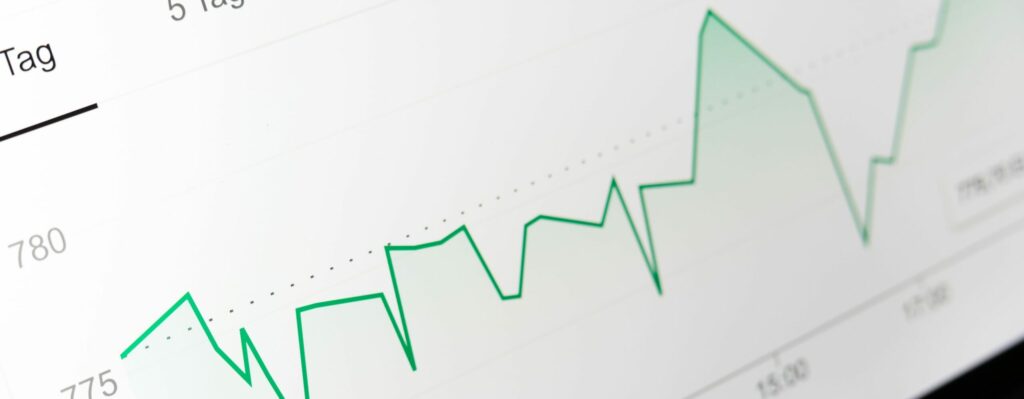
Not for Every Artist
NFTs are unlikely to be successful unless you already have a preexisting fanbase. There needs to be some sort of following in place for the tokens to hold any value. Thus, they’re not for every artist. Equally, NFTs won’t inherently build a community around you. There are various ways in which you can build an audience, such as through music marketing, but creating and selling NFTs may not be your best bet. Whilst some lesser-known artists have been able to grow exponentially purely by producing NFTs, this was largely because NFTs were a novelty. In a way, they’re of course still a novelty, but maybe not quite as much as a year or two ago.
Fraud and Security Concerns
Another challenge is that people are using NFTs to commit fraud. For instance, there have been reports of artists finding their work up for sale as NFTs without their permission. Even if an artist releases an NFT, the digital assets of the token can be copied. Musicians should also be aware of the fake NFT marketplaces popping up. As for the blockchain network itself, it’s supposedly incredibly secure but we are still unsure whether it will be vulnerable to hacks or even collapse in the future. The fact that more than $100m worth of NFTs were stolen in the past year suggests that it’s possibly not as safe as we all imagined.
Environmental Cost
Finally, there is a growing concern about how blockchain and NFTs will impact the environment. When creating an NFT, entries are inserted into a blockchain. This uses up an immense amount of computer energy, leaving behind a significant carbon footprint. It’s estimated that if current trends continue, carbon emissions associated with mining cryptocurrencies and NFTs could exceed London’s output in the coming years.

Conclusion
So what does the future of NFTs in music look like? Will they disrupt the music industry as we know it? Whilst we are uncertain about the future of NFTs, we know that cryptocurrency and blockchain are here to stay. We also know that music NFTs are beneficial to both artists and fans. As long as we are aware of the challenges associated with the minting of music, it is safe to say that there will be a lot more artists capitalising on this opportunity.
We also expect to see more services that will allow artists to create and sell NFTs without any programming knowledge. This will only increase the number of people using NFTs. Finally, we will see new and creative ways by which artists are connecting with their fans through NFTs; the sky is the limit at this point.
À propos de l'auteur

Joe Curtis
Spécialiste du marketing numérique et rédacteur de contenuJoe Curtis est un spécialiste du marketing numérique passionné originaire du Royaume-Uni. Depuis qu'il travaille sur MasteringBOX, il a créé un contenu étonnant sur la production audio et musicale.
Commentaires
On iPad IOS there is no way to upload a file whether mp3 or aac or any other format as it does not recognise anything…
Laisse un commentaire
Connecte-toi pour commenter.
